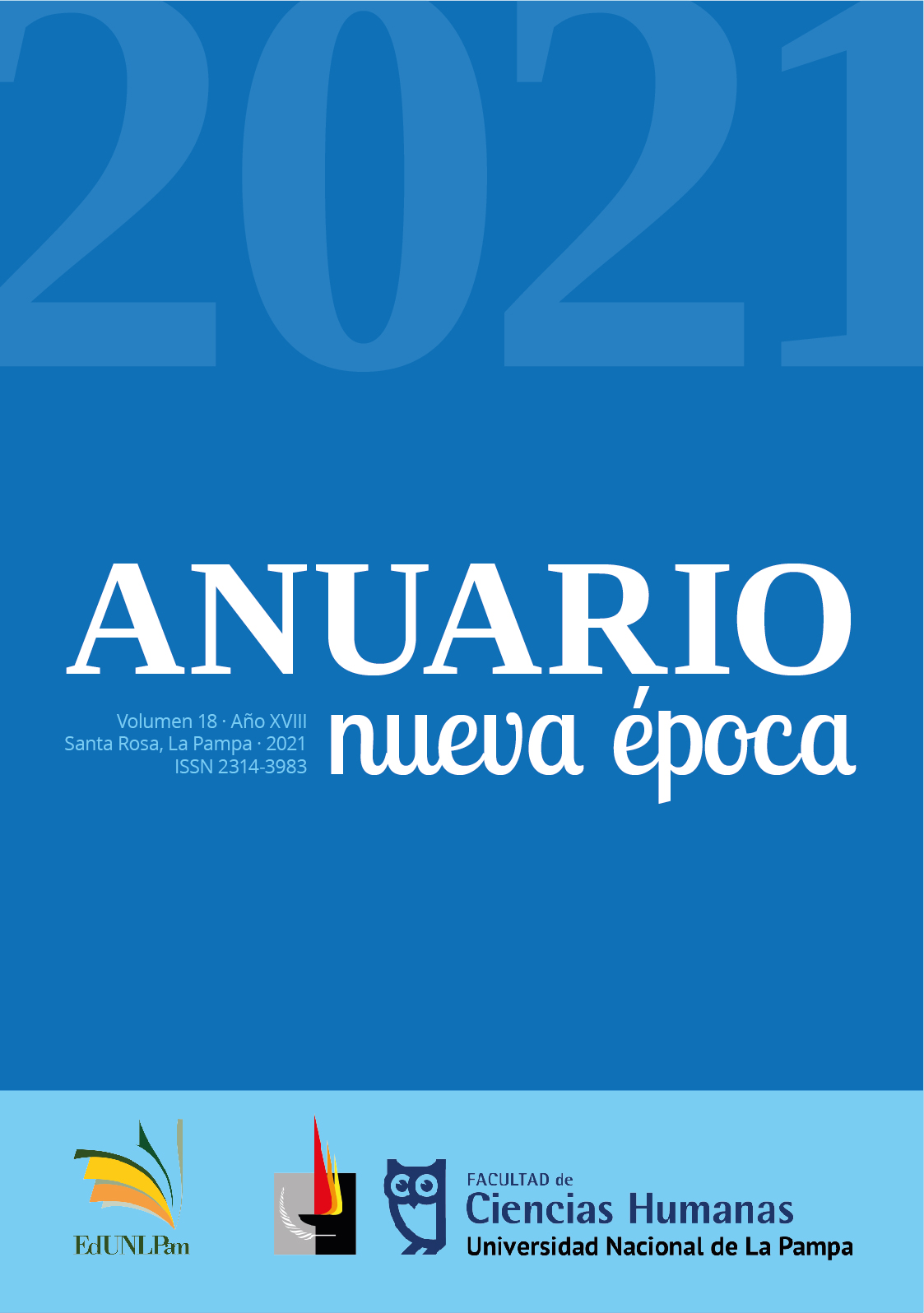The humanization of the raposo in the Count Lucanor: the exemplary literature from a phenomenological approach in reception instance
Abstract
The fifty-one exempla of El Conde Lucanor, written by the eccentric Juan Manuel, represent an unprecedented audacity both in the genre system of the late Middle Ages and within exemplary literature. This is due to his literary work on a wisdom corpus of knowledge transmitted written and orally. With a central place in the Spanish literary tradition, this book enables the investigation of the construction of common places that continue to this day in the form of common sense from the literary work on the figure of a particular animal, the fox. Reception theories allow us to think about how a text with 6 centuries of lexical, syntactic and ontological distance can operate and construct meaning efficiently in relation to the humanization of animals and animalization of human characters. The phenomenology of Iser, the common form worked by Giorgi, the idea of creation ex nihilo by Castoriadis and the conception of the discursive genres of Bakhtin enable a line of inquiry about how literature contributes to create orders of meaning typical of everyday life.






.png)





